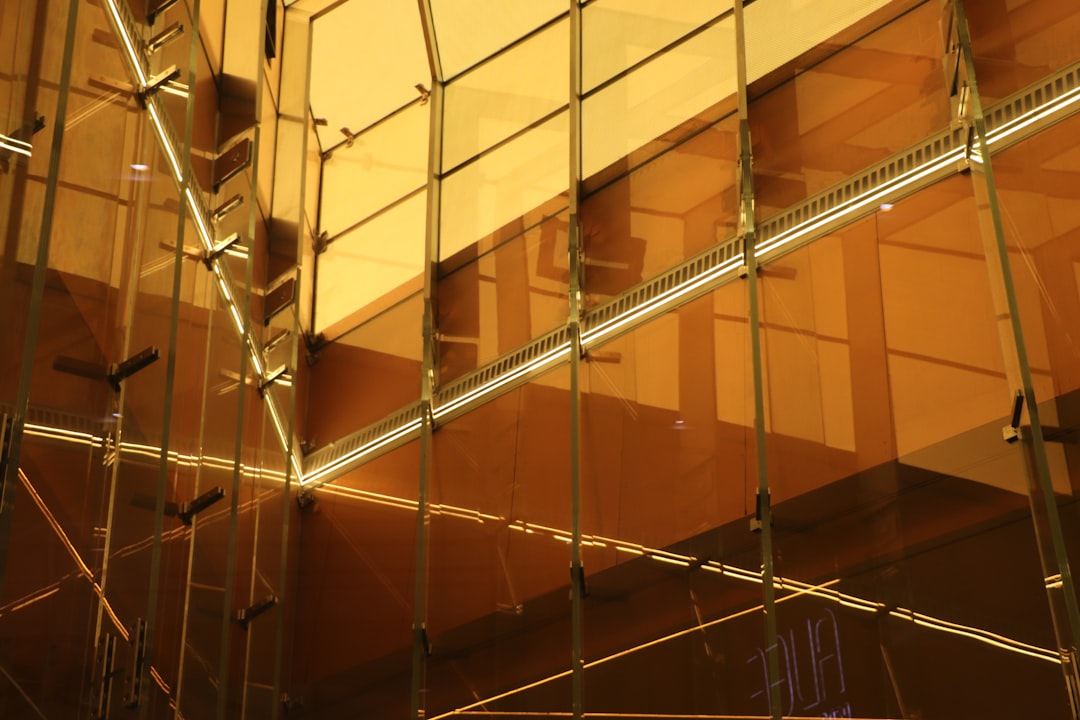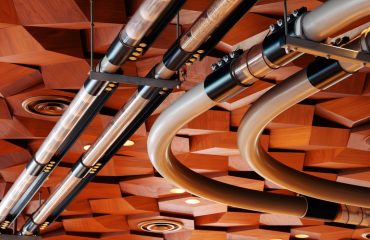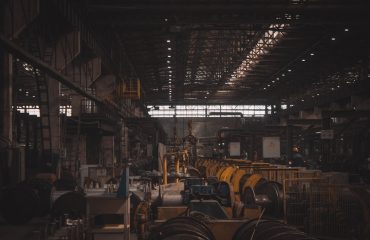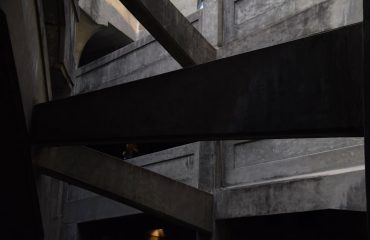body { font-family: sans-serif; line-height: 1.6; }
h1, h2, h3 { color: #333; }
img { max-width: 100%; height: auto; }
The construction industry is undergoing a significant transformation, driven by the increasing demand for faster, more efficient, and sustainable building solutions. Prefabricated steel buildings are at the forefront of this revolution, offering a compelling alternative to traditional construction methods. This post delves into the exciting innovations shaping the future of prefab steel structures, exploring advancements that are improving efficiency, durability, and sustainability.
Sustainable Steel: Eco-Friendly Prefab Construction
Sustainability is no longer a niche concern; it’s a core principle driving innovation across all industries, including construction. Prefab steel buildings are inherently more sustainable than many traditional methods. Steel is a highly recyclable material, contributing to a circular economy. Furthermore, advancements in steel production are reducing its carbon footprint. The use of recycled steel content in prefab structures is becoming increasingly common, minimizing the environmental impact of new steel production. Beyond the material itself, the precision manufacturing of prefab components minimizes waste on-site, further enhancing the environmental benefits. Innovations in insulation techniques, such as the integration of high-performance insulation panels within the steel framework, further improve energy efficiency in the finished building, reducing long-term operational costs and environmental impact.
Advanced Design & Engineering: Pushing the Boundaries of Steel Structures
Modern design software and advanced engineering techniques are enabling architects and engineers to create increasingly complex and aesthetically pleasing prefab steel buildings. Building Information Modeling (BIM) plays a crucial role, allowing for precise coordination of all components before construction even begins. This reduces errors, delays, and material waste. Furthermore, advancements in computational design allow for the creation of intricate, optimized steel structures, maximizing strength while minimizing material usage. This translates to lighter, more efficient buildings that can withstand extreme weather conditions and seismic activity. The use of parametric design allows for easy customization and adaptation of designs to specific client needs and site conditions, making prefab steel structures highly versatile.
Smart Building Integration: Technology Enhancing Functionality
The integration of smart building technologies is transforming prefab steel structures into intelligent, responsive environments. Sensors, IoT devices, and automation systems can be seamlessly integrated into the design and construction process. This enables real-time monitoring of energy consumption, environmental conditions, and security systems. Smart features such as automated lighting, climate control, and security systems enhance occupant comfort, safety, and operational efficiency. The data collected by these systems can also provide valuable insights for optimizing building performance and reducing operational costs over the building’s lifespan. This integration of technology not only enhances the functionality but also increases the value proposition of prefab steel buildings.
Modular Construction & Rapid Deployment: Speeding Up the Building Process
Modular construction is a key aspect of prefab steel building innovation. This approach involves prefabricating entire building modules—sections or even entire floors—in a controlled factory environment. These modules are then transported to the construction site and assembled quickly and efficiently. This significantly reduces construction time compared to traditional methods, allowing for faster project completion and reduced overall costs. The modular approach also minimizes disruption to the surrounding environment, making it ideal for urban construction projects. Advancements in transportation and assembly techniques are further streamlining the modular construction process, making it increasingly efficient and cost-effective.
Cost-Effective Solutions: Balancing Quality and Affordability
While the initial investment in prefab steel buildings might seem higher than traditional construction, the long-term cost benefits are substantial. The reduced construction time, minimized labor costs, and efficient use of materials contribute to significant savings. The durability and longevity of steel structures also reduce maintenance and repair costs over the building’s lifespan. Furthermore, the precision manufacturing of components minimizes waste and errors, leading to cost savings compared to traditional construction, where material waste and rework are common. The combination of speed, efficiency, and durability makes prefab steel buildings a highly cost-effective solution for a wide range of applications, from commercial and industrial buildings to residential structures.
Prefabricated steel buildings are transforming the construction landscape, offering sustainable, efficient, and cost-effective solutions. The innovations discussed above represent just a glimpse of the exciting possibilities that lie ahead. As technology continues to advance, we can expect even more groundbreaking developments in this dynamic sector.
SEO Tags:
prefab steel buildings, modular construction, sustainable construction, steel building innovations, smart buildings




